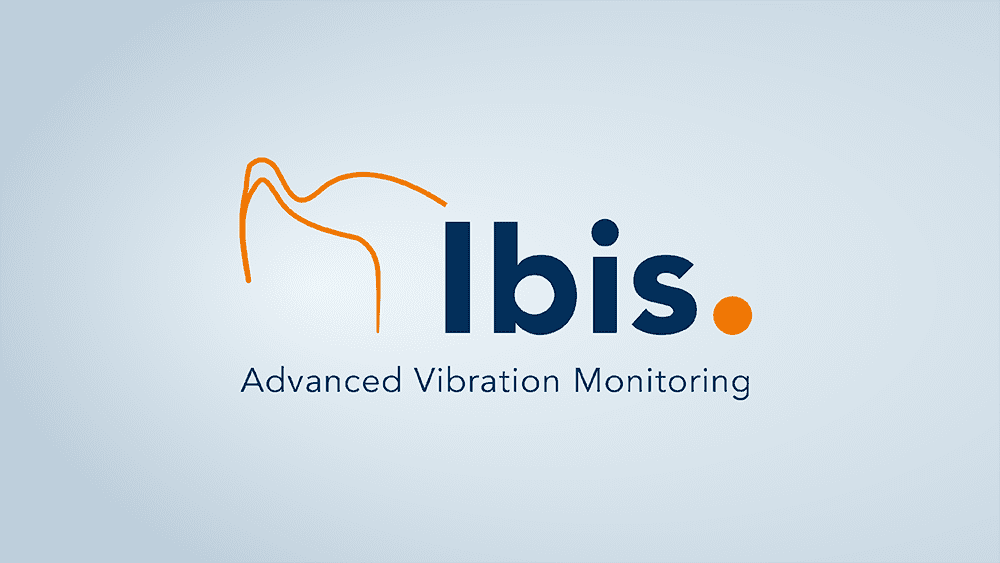Glossary » Oscillation
O for oscillation
Oscillation
What are oscillations?
In mechanics, oscillations refer to the Periodic movement of an object around an equilibrium position. This means that the object alternately moves in one direction and then returns in the opposite direction. This movement is repeated continuously, with the object oscillating around a specific position or axis.
Oscillations can occur in various forms, including mechanical vibrations of solid objects, acoustic vibrations in the air (sound waves) and electromagnetic vibrations in the range of light and other electromagnetic waves.
Balance position
Analyse unwanted vibrations with Ibis
Types of mechanical oscillations
Vibrations can occur in various physical quantities:
Bearing oscillations
Bearing oscillations occur in machine bearings and can be caused by imbalances, unbalances or other factors. These vibrations can lead to premature wear of the bearings and are of great importance in industrial applications as they can affect the service life of the machines.
Housing oscillations
Housing oscillations refer to vibrations that occur in the housing or the external structure of a machine. They can be caused by internal vibrations, imbalances, dynamic loads or other external influences. Housing vibrations can help in the diagnosis of machine problems.
Wave oscillations
Shaft oscillations occur in shafts or other long, thin structures. They can be caused by external forces, torques or imbalances. These vibrations can affect the service life of shafts and bearings, especially if the resonant frequencies of the structure are excited.
Rotational oscillations
Rotational vibrations occur when a rotating structure such as a shaft or rotor is unevenly loaded or has imbalances. These vibrations can lead to unsteady rotation and impair the performance of rotating machinery.
Torsinal oscillations
Torsinal oscillations refer to vibrations that occur due to torsional loads, such as those that can occur in shafts or beams. They are caused by torques or twisted loads and can jeopardise the structural integrity of components.
In many industrial applications, it is important to monitor and analyse these different types of vibrations to ensure the performance and reliability of machines and structures. This is often achieved by Vibration analyses and diagnostics which help to identify problems and take appropriate measures to reduce or control vibrations.
